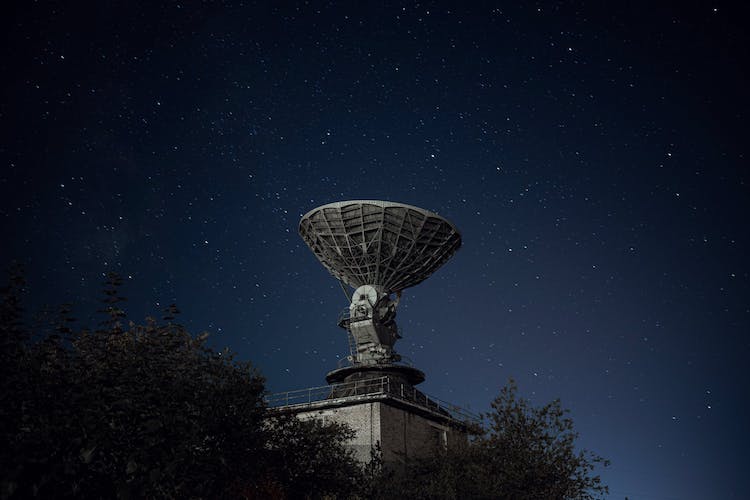What Is the Smallest Earth Observation Camera System?
Satellite cameras are becoming more sophisticated each passing day. Whether it’s a space mission or advanced research, mini cameras are vital.
Remote sensing technologies are terrific. Satellite images provide advanced information of the earth’s surface. Satellite subsystems, including Earth observation satellites, present countless opportunities.
Picturing and analyzing helps to plan, watch, or predict the outcome of your farm. A satellite camera allows you to get panchromatic, multispectral, and hyper spectral images.
What is Earth Observation?
Earth observation is the process of acquiring data about the planet. This information comprises the planet’s chemical, physical and biological systems.
But you can only achieve it while utilizing remote sensing technology. The remote sensing technologies should involve satellites equipped with imaging devices.
Space technologies present accurate data on every slight change in the natural environment. Have you ever heard of aerospace cameras before? They help keep security high by neutralizing terrorists’ threats.
Why is Earth Observation Important?
Earth observation helps in:
- Tracking biodiversity
- Measuring land-use change
- Forecasting weather
- Managing energy sources
What is a Satellite Camera?
Satellite cameras capture enormous electromagnetic waves through satellite camera systems. Imaging satellites are mainly used by businesses and governments globally.
Businesses buy satellite photos from satellite imaging companies.
Satellites are grouped depending on weight. Here is the breakdown:
- Large satellites weigh over 1000 kg
- Medium Satellite weigh 500-1000 kg
- Mini-satellites weigh 100-500 kg
- Micro or nano satellites weigh 1-100 kg
High-Performance CubeSat Camera System
There is different Earth Observation imagery, including hyper spectral and panchromatic. These optics have a broad capture bandwidth with a lower CubeSat Cameras resolution.
CubeSats satellites notice every detail happening in the atmosphere, including objects coming in. What’s more, they provide spectral vision and compress data.

CubeSat Camera Payloads
It’s of ultra-importance to choose the suitable optical payload for your mission. Check for costs, testing, and integration requirements for your camera.
This technique will help you to buy reliable space technology equipment. Consider the following performance criteria any time you feel stuck:
- Swath
- Spectral Resolution
- Spatial Resolution
- Radiometric resolution
- Swap factor
CubeSat cameras have a variety of benefits, including soil condition assessment. It’s also easy to respond to emergencies when relying on a Satellite camera.
Renowned institutions depend on Satellite Cameras when carrying out education and scientific research.
How Does APIS Satellite Camera Perform Earth Observation?
1999 marked the beginning of CubeSat specifications. During this period, it was affordable to test small satellites for low Earth orbit (LEO).
CubeSat later widened its scope by testing new spacecraft technologies, including scientific experiments.
APIS (The athermalized panchromatic imaging system) was a low-resolution refractive satellite camera. It came to light after the Laboratorio de Instrumentación Espacial advocated for it.
INTA (Instituto Nacional de Técnica) developed this magnificent CubeSat payload. But that was not all. INTA employed European Cooperation Methodology for both space standardization and qualification tests.
Note that nano satellites played a key role in qualifying APIS. There were other payloads at the time worth mentioning:
- Fibre Bragg gratings for optical sensing (FIBOS) for measuring temperature
- OPTOS dose monitoring (ODM) for measuring radiation environment in space
- Giant magneto-resistance system (GMR) for measuring Earth Magnetic fields.
APIS satellite camera carried out Earth observations in the visible spectrum from an elliptical orbit. In one year, it was easy to determine the mission’s lifespan.
Other key elements like the presence of protecting shutters contributed to the success. The work of the shutters was to prevent direct sunlight from entering the camera.
The APIS satellite camera had two roles:
- Evaluate the space radiation damage on commercial off-the-shelf (COTS) components
- To verify the functionality of the passive mechanical system.
During the APIS camera’s mission lifetime, three noticeable achievements came through:
- The feasibility of a small refractive Earth observation camera onboard a CubeSat
- The validation for low Earth orbit of passive athermalization system
- Use of COTS elements on a 2-year Earth Observation mission. That included commercial glasses and detectors made using complementary metal-oxide-semiconductor technology.
Conclusion
Challenges in any development are inevitable. APIS satellite camera design had some restrictions too for the budget to fit in. For instance, its final size was a compact device. Lowering power consumption was also necessary.
For that, they made use of metal-oxide-semiconductor in the focal plane. Have you ever used a satellite camera before? Please share your experience with space technologies and satellite technology with us.

